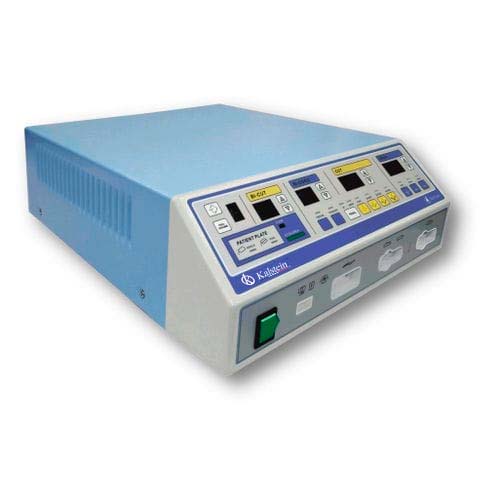The electroscalpel is an essential medical tool for appropriate surgical surgeries, this tool allows clean incisions in the tissues and restrict bleeding during an operation, by using electrical current to cut, weld and cauterize.
Although the electroscalpel is a routine tool in hospital operating theaters, there is still significant inequality between areas with a high level of access to this technology and those with limited facilities and budgetary limitations.
Education for specialists regarding the use of the electroscalpel is paramount before performing an intervention
In addition, lack of education, lack of trained medical personnel and regulatory threats can constitute barriers to the implementation of an electroscalpel; one of the main barriers to the implementation of an electroscalpel is the lack of education.
Although education is an essential component for the prevention of injuries and surgical errors, education regarding electroscalpel is not practical; this problem may be especially prominent in surgical interventions, since medical personnel have not received adequate education in the use of this technology.
Disadvantages of not being trained on the use of an electroscalpel to perform surgical procedures
Another educational issue is the inappropriate use of electroscalpels in surgical procedures; if an electroscalpel is used inappropriately, it can result in unwanted injuries to patients.
Thus, skills in proper equipment use or appropriate education around technology are necessary before the implementation of electroscalpel; a second obstacle is trained medical personnel.
The handling of an electroscalpel should be by a qualified personnel, since when handled by any health personnel can bring bad results in interventions
Many medical centers lack qualified medical personnel who can properly administer, or even operate, an electroscalpel; this is even more true in rural areas where medical personnel may not have the training and education needed to use the equipment.
Therefore, access to qualified personnel is essential for a correct implementation of this technology; a third obstacle to the implementation of electroscalpel are regulatory threats that may limit the adoption of the technology.
A reduction in restrictive regulations will also help ensure proper implementation of the electroscalpel
Excessive regulation or government restrictions can deter medical centers from purchasing and using electroscalpels; restrictive regulations can lead to significant increases in machine costs and operating costs.
Moreover, regulations can be difficult for small centers operating on a limited budget to comply with.
In conclusion, the correct implementation of electroscalpel in laboratories depends on a series of factors, ranging from adequate education to the elimination of regulatory obstacles.
You can find in our company Kalstein as MANUFACTURER the best electrosurgical units on the market
For more details about the electrosurgical units visit our website HERE so that you can enjoy great offers, prices without competition, also only we as MANUFACTURERS can guarantee your effective purchase.
In the link below you will find a variety of models to make your best choice HERE

